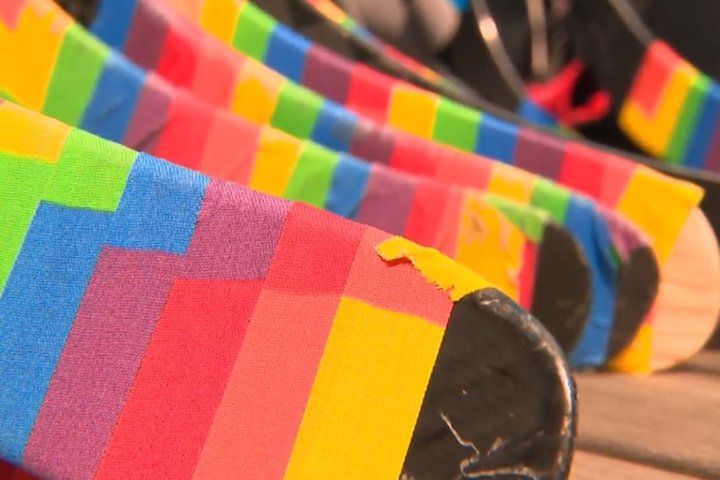
In a significant move towards inclusivity and acceptance, the National Hockey League (NHL) has recently lifted its ban on the use of Pride Tape during games. This decision marks a positive step forward for the league, as it embraces diversity and supports the LGBTQ+ community.
Pride Tape is a rainbow-colored hockey stick tape that was initially introduced in 2016. It was created to show support for LGBTQ+ players and their allies, aiming to foster an inclusive environment within the sport. However, until now, its use during NHL games had been prohibited.
The ban on Pride Tape sparked controversy and criticism from various quarters, with many arguing that it hindered progress towards a more inclusive and accepting hockey culture. The NHL’s decision to reverse this ban demonstrates a commitment to addressing these concerns and creating a more welcoming environment for all players, regardless of their sexual orientation or gender identity.
By allowing players to use Pride Tape during games, the NHL is sending a powerful message of support and acceptance to LGBTQ+ athletes. It not only acknowledges their presence within the league but also encourages other players to be allies and advocates for inclusivity.
The significance of this decision extends beyond the NHL itself. As one of the most prominent professional sports leagues in North America, the NHL’s actions often have a ripple effect on other sports organizations. By embracing Pride Tape, the league sets an example for other sports to follow, promoting equality and acceptance across the sporting world.
The impact of this change goes beyond symbolism. The visibility of Pride Tape on players’ sticks during games serves as a reminder that LGBTQ+ individuals are an integral part of the hockey community. It sends a powerful message to fans, young players, and aspiring athletes that they can be true to themselves while pursuing their passion for the sport.
Furthermore, the NHL’s decision aligns with its ongoing efforts to promote diversity and inclusion. The league has been actively involved in initiatives such as the “You Can Play” campaign, which aims to eliminate homophobia in sports. By allowing Pride Tape, the NHL reinforces its commitment to these values and demonstrates that it is actively working towards a more inclusive future.
While the lifting of the ban on Pride Tape is undoubtedly a positive step, it is important to recognize that there is still work to be done. Inclusion and acceptance should not be limited to symbolic gestures but should be reflected in all aspects of the sport, including policies, locker room culture, and fan behavior.
Nevertheless, the NHL’s decision to allow Pride Tape during games is a significant milestone in the journey towards a more inclusive hockey community. It sends a powerful message of support to LGBTQ+ athletes, encourages allyship, and paves the way for other sports organizations to follow suit. As the league continues to prioritize diversity and inclusion, it sets an example for the entire sporting world to embrace acceptance and celebrate the rich diversity within their respective communities.

